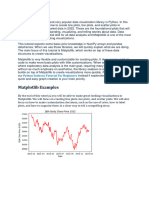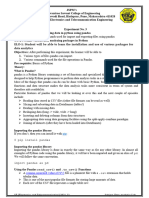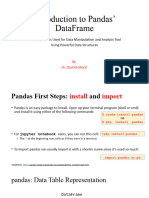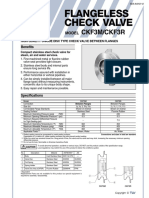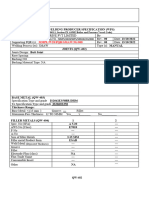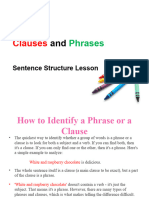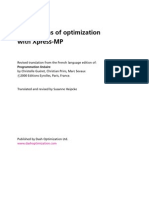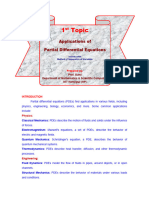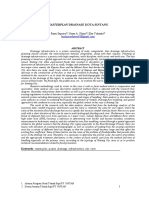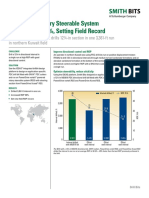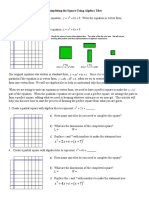0% found this document useful (0 votes)
24 views2 pagesReading and Plotting Stock Data Notes
This document outlines the use of Python for financial applications, emphasizing its speed and strong scientific libraries. It explains the structure of CSV files containing stock data and introduces the Pandas and Matplotlib libraries for data manipulation and plotting. Key functions for reading CSV files, displaying data, and creating plots are also provided, along with techniques for normalizing price data and customizing plot titles and axes.
Uploaded by
pr1206Copyright
© © All Rights Reserved
We take content rights seriously. If you suspect this is your content, claim it here.
Available Formats
Download as DOCX, PDF, TXT or read online on Scribd
0% found this document useful (0 votes)
24 views2 pagesReading and Plotting Stock Data Notes
This document outlines the use of Python for financial applications, emphasizing its speed and strong scientific libraries. It explains the structure of CSV files containing stock data and introduces the Pandas and Matplotlib libraries for data manipulation and plotting. Key functions for reading CSV files, displaying data, and creating plots are also provided, along with techniques for normalizing price data and customizing plot titles and axes.
Uploaded by
pr1206Copyright
© © All Rights Reserved
We take content rights seriously. If you suspect this is your content, claim it here.
Available Formats
Download as DOCX, PDF, TXT or read online on Scribd
/ 2











